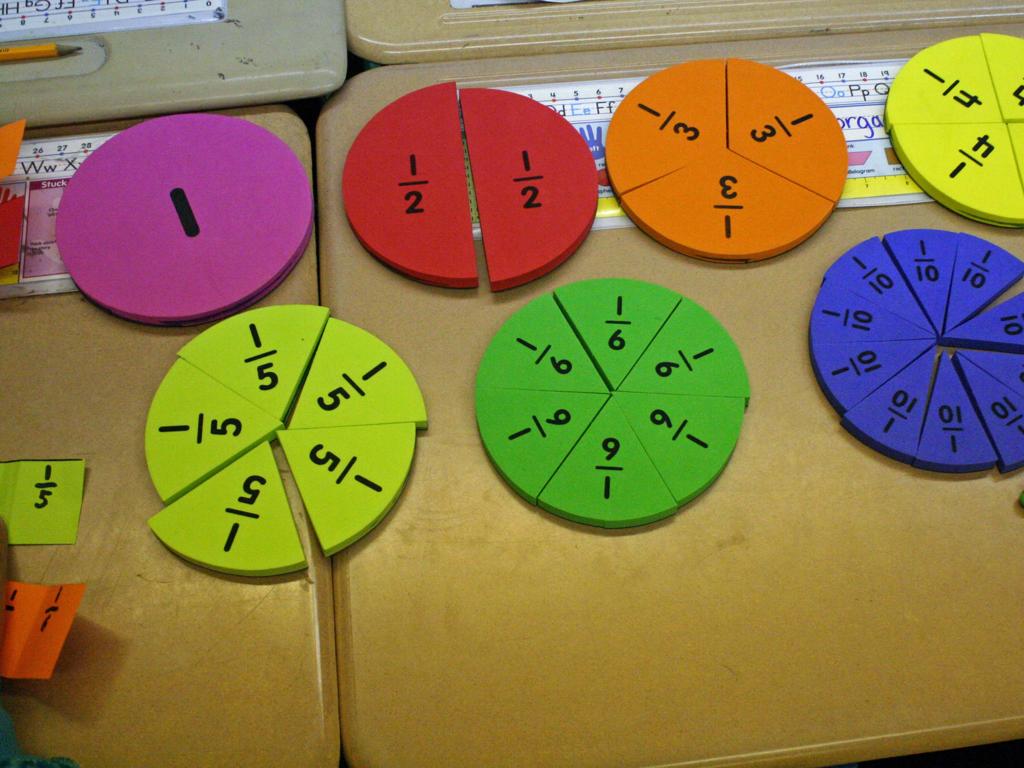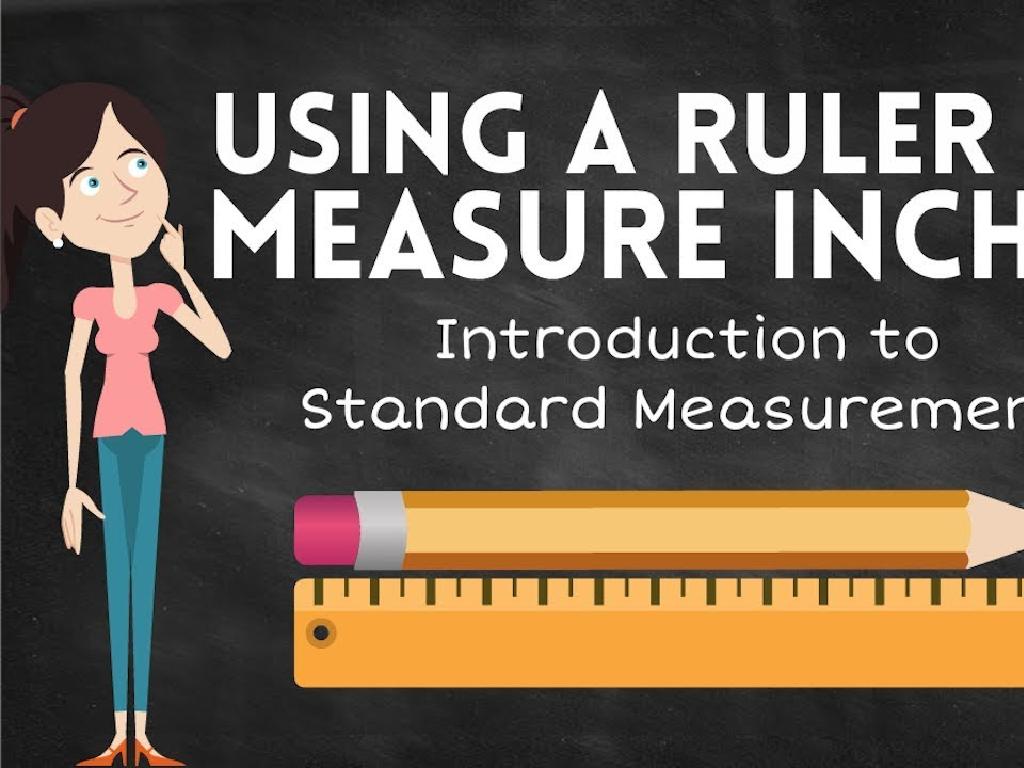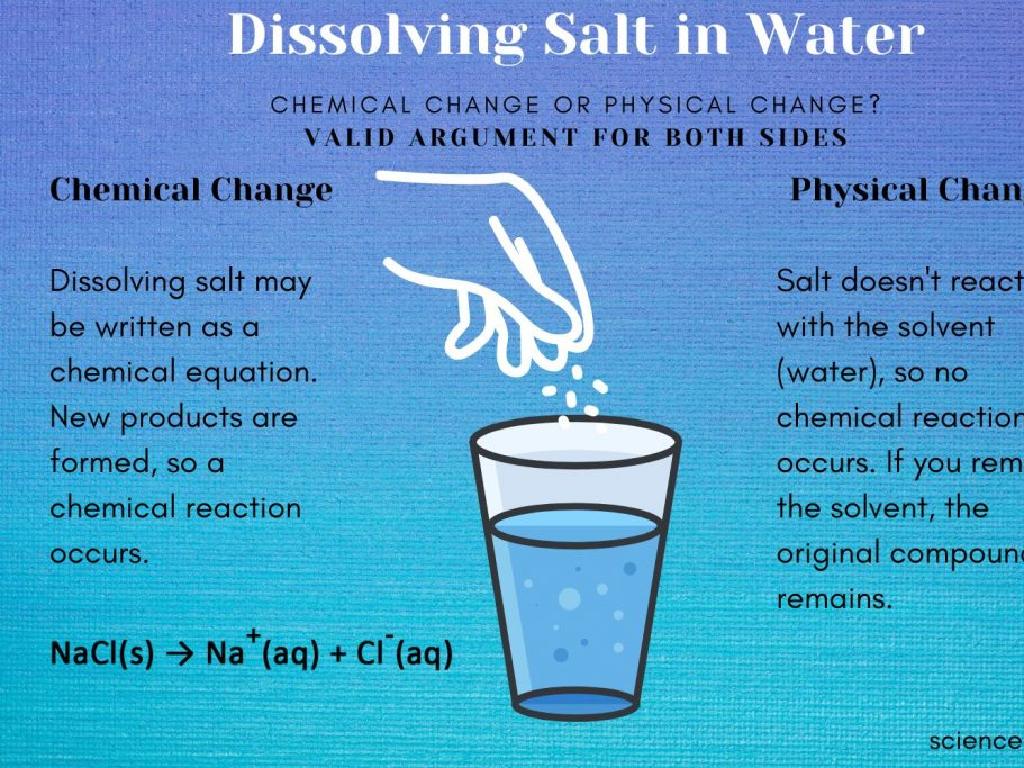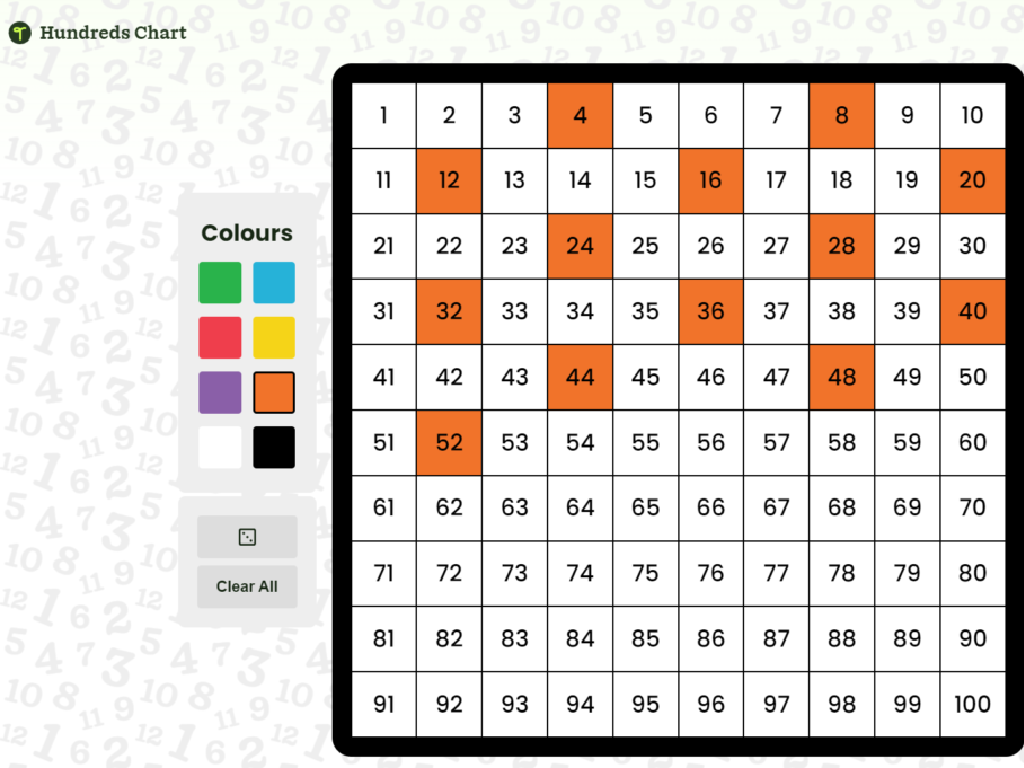Estimate Sums By Rounding: Up To 1,000
Subject: Math
Grade: Third grade
Topic: Estimate Sums
Please LOG IN to download the presentation. Access is available to registered users only.
View More Content
Welcome to Estimating Sums!
– Learn to estimate by rounding
– Rounding numbers to the nearest ten or hundred to make adding easier.
– What is estimation?
– Estimation helps you find a number close to the exact answer.
– The value of estimation skills
– Estimation saves time and is useful for quick calculations.
– Practice estimation with examples
– Let’s round 354 + 128; we get 350 + 130 = 480.
|
Today’s lesson introduces students to the concept of estimation, a fundamental skill in mathematics that allows for making quick and reasonably accurate calculations without needing the exact numbers. Start by explaining what estimation is and how it can be done by rounding numbers to the nearest ten or hundred. Discuss why being able to estimate is important – it helps in making quick decisions and simplifying complex problems. Provide examples of how to round numbers and then use these rounded numbers to estimate sums. Encourage students to practice with real-life scenarios where they might need to estimate, such as when shopping or planning a party.
Understanding Estimation
– Estimation is an educated guess
– Aims for a close enough answer
– Like guessing the number of candies in a jar
– Used in daily life situations
– For example, deciding if you have enough money to buy a toy
– Practice makes estimation easier
|
This slide introduces the concept of estimation, which is a fundamental skill in mathematics and daily decision-making. Estimation allows students to make a reasonable guess about a quantity or a calculation when an exact number isn’t necessary or when quick decisions are needed. It’s important to emphasize that estimation is not about finding the perfect answer, but rather a close approximation that is good enough for the situation. Provide examples from everyday life where estimation is useful, such as figuring out if they have enough allowance to purchase a desired item or estimating the time it will take to complete a task. Encourage students to practice estimation in various scenarios to become more comfortable with making educated guesses.
Rounding Numbers to Estimate Sums
– Rounding to nearest 10, 100, or 1000
– Makes estimating sums easier
– Round up on 5 or above
– If the last digit is 5, 6, 7, 8, or 9, go up
– Round down on 4 or below
– If the last digit is 4, 3, 2, 1, or 0, go down
– Practice rounding numbers
– Example: Round 764 to nearest hundred
|
This slide introduces the concept of rounding as a tool for estimation in math. Rounding simplifies numbers to the nearest ten, hundred, or thousand, making it easier to work with them, especially when estimating sums. Emphasize the rule of 5 for rounding up and provide examples for visual learners. For instance, if we’re rounding to the nearest hundred, 764 becomes 800 because the tens digit (6) is 5 or above. Encourage students to practice with different numbers and to check their understanding by rounding both up and down. Prepare a few interactive activities where students can round numbers as a group and discuss their reasoning.
Let’s Practice Rounding!
– Round 24 to nearest ten
– Is 24 closer to 20 or 30?
– Round 143 to nearest hundred
– Is 143 closer to 100 or 200?
– Round 782 to nearest thousand
– 782 is less than 1000, so we round down to 0
|
This slide is designed to help students practice the concept of rounding numbers to the nearest ten, hundred, and thousand. Start by explaining that rounding helps us estimate numbers quickly and makes it easier to add, subtract, or compare them. For the first example, guide students to see that 24 is closer to 20 than to 30, so we round down. For 143, it’s closer to 100 than to 200, so we round down to 100. For 782, since it’s less than 1000, we round down to 0. Encourage students to think about the place value of the last digit they want to keep and whether the following digit is 5 or more to round up, or less than 5 to round down. Provide additional examples if time allows and encourage students to explain their thinking process.
Estimating Sums by Rounding
– Round numbers to the nearest ten
– If a number is 154, we round it to 150
– Or round to the nearest hundred
– A number like 650, rounds up to 700
– Add the rounded numbers
– 150 + 700 equals 850
– Estimate the total sum
– Our estimated sum of 154 + 650 is 850
|
This slide introduces the concept of estimating sums by rounding numbers to the nearest ten, hundred, or thousand before adding them. It’s crucial to explain to the students that rounding helps to simplify numbers, making them easier to work with, especially for mental math. Show examples of rounding different numbers and then adding them to find an estimated sum. Emphasize that the purpose of estimation is to get a quick, approximate number rather than an exact total. Encourage students to practice with various examples and to understand when this method might be useful in real-life situations, such as when shopping and trying to keep a mental tally of the cost.
Estimating Sums by Rounding
– Estimate sum of 456 + 322
– Round to nearest hundred
– 456 rounds to 500, 322 rounds to 300
– Add rounded numbers
– 500 + 300 equals 800
– Find estimated sum
– The estimated sum is 800
|
This slide introduces students to the concept of estimating sums by rounding numbers to the nearest hundred before adding. Start by explaining that estimating can help us quickly find an answer that is close to the exact sum. Demonstrate rounding each number to the nearest hundred, emphasizing the importance of looking at the tens digit to decide whether to round up or down. After rounding, guide students through the process of adding the rounded numbers together to find the estimated sum. Encourage students to practice with different numbers and to explain their rounding decisions. This activity will help them develop a better understanding of place value and estimation.
Group Activity: Estimation Station
– Break into small groups
– Round numbers & estimate sums
– If you have 834 + 289, round to 830 + 290 = 1120
– Share your estimates
– Discuss estimation accuracy
– Compare estimates to actual sums
|
This activity is designed to encourage collaboration and practice estimation skills. Divide the class into small groups, ensuring each group has a mix of abilities. Provide each group with a set of numbers that they will round to the nearest ten or hundred and then estimate their sums. After the activity, each group will present their estimates to the class. This will allow students to see different approaches to estimation. As a teacher, facilitate a discussion on the accuracy of their estimates compared to the actual sums. Encourage students to reflect on the importance of estimation in everyday life and how it can be a useful tool for quick calculations.
Class Activity: Estimation Jar
– Guess items in the jar
– Round guesses to nearest ten
– If you guess 56, round to 60
– Closest estimate wins
– Practice estimation skills
– Helps understand rounding concept
|
This activity is designed to help students practice and understand the concept of estimation and rounding numbers. Set up a jar filled with items (e.g., marbles, beans, etc.) and have each student make a guess about how many items are in the jar. Guide them to round their guesses to the nearest ten to simplify the process. The student with the guess closest to the actual number of items wins a small prize. This exercise will not only make learning fun but also reinforce their rounding skills. Possible variations of the activity could include using different rounding bases (e.g., nearest hundred) or having different jars for different rounding practices.
Estimation Essentials: Conclusion & Review
– Importance of estimation
– Estimation helps us make quick & useful number guesses.
– Rounding numbers for estimates
– To round, look at the digit right after the place value you’re rounding to.
– Practice estimation regularly
– Keep estimating at home!
– Try rounding prices at a grocery store or during playtime.
|
As we wrap up our lesson on estimation, it’s crucial to reinforce why estimation is a valuable skill. It allows us to make quick, reasonable guesses about numbers in everyday situations, like guessing the total cost while shopping. Rounding is a key part of estimation, and we focus on the digit to the right of our target place value to decide whether to round up or down. Encourage students to practice this skill outside of the classroom, integrating it into daily activities such as shopping or playing games that involve numbers. Regular practice will help solidify their understanding and make estimation a natural part of their mathematical toolkit.






